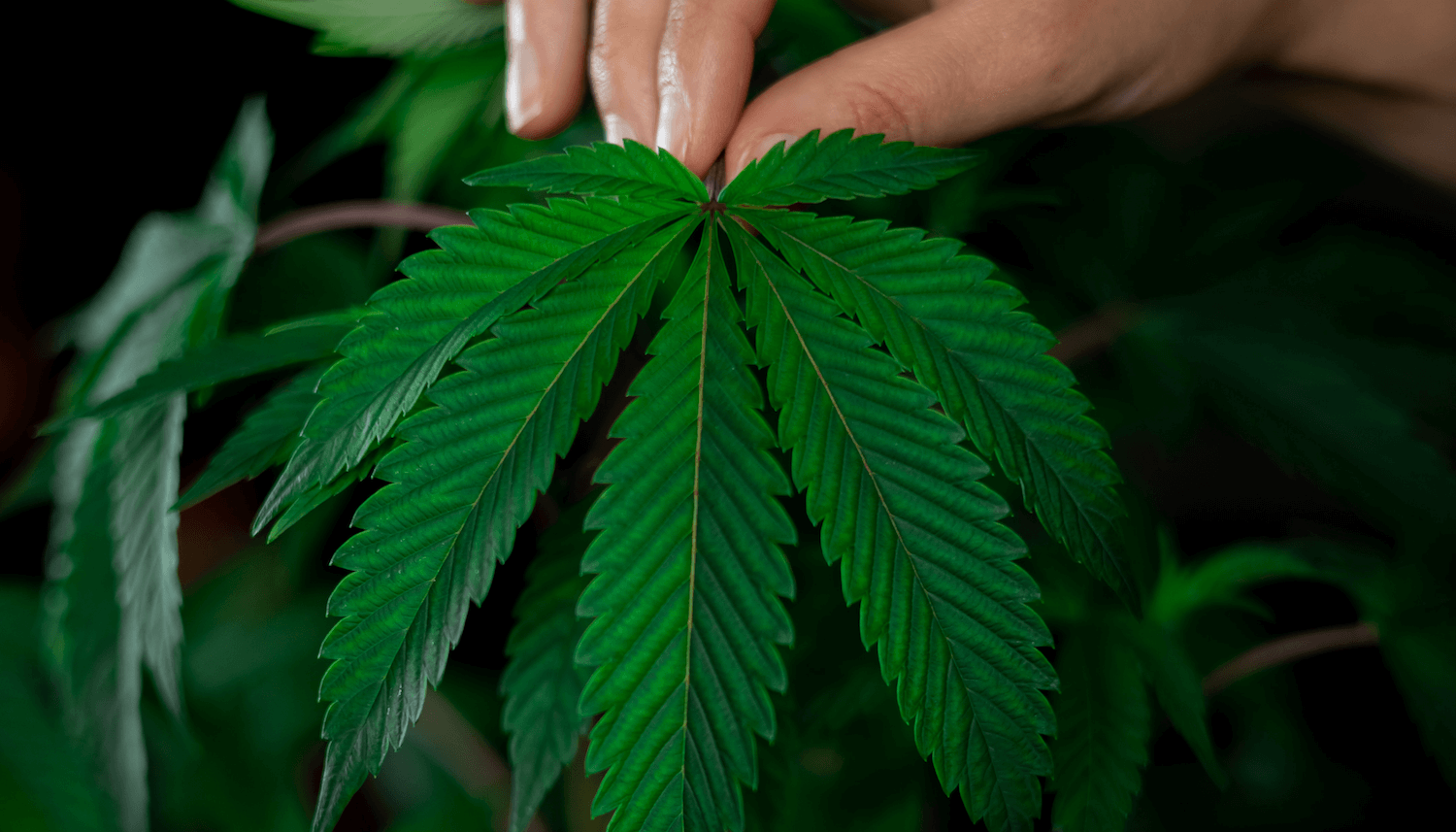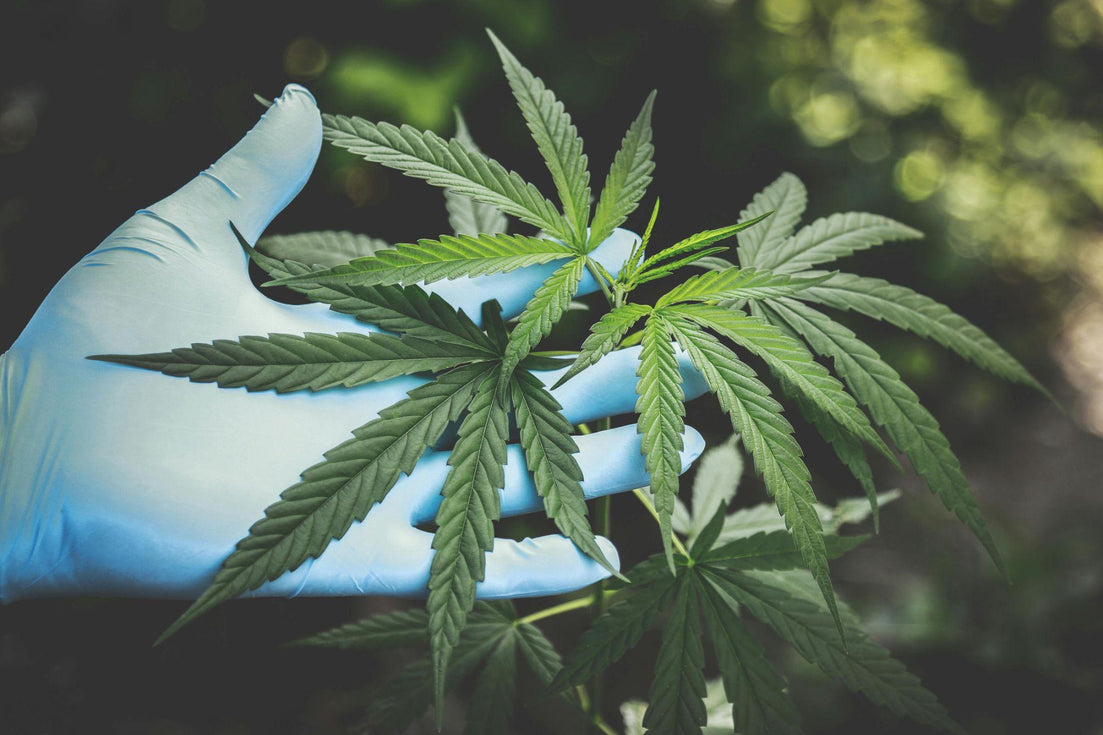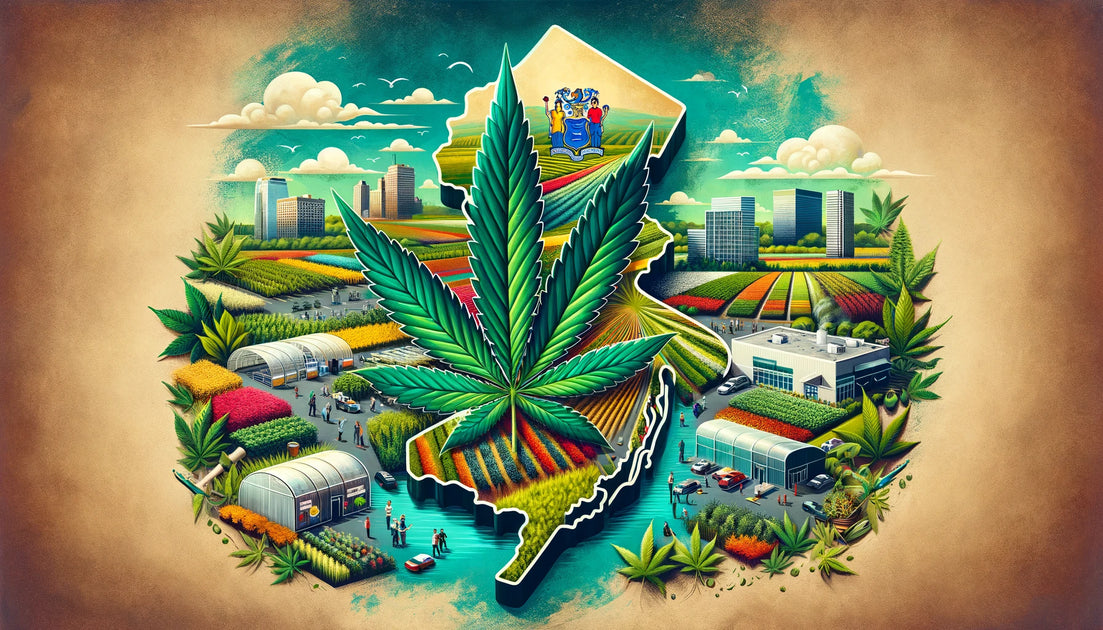Your cart is currently empty.

Before you start growing your own cannabis plant, you may want to learn some basic things about it. Choosing a strand and high-quality seeds (remember always to look for professional reviews on seed banks - like this ILoveGrowingMarijuana Pros & Cons one) is essential, but diving into plant anatomy is also worth it. Cannabis's anatomy is very complex, and the knowledge will help you farm unique and robust plants. Being familiar with only two parts of the plant, like leaves and buds, won't be enough if you want to make sure that your marijuana is of the highest quality. Fortunately, here, you can read the essential information about cannabis's plant anatomy, like how to determine a marijuana plant's sex, stigma and pistil, spot trichomes, and many more. Read on!
Roots
The roots of a cannabis plant are responsible for providing it with water, nutrients, and oxygen. The roots are also crucial for the absorption of sugars and other chemicals from the ground.
Stems
The stems of a cannabis plant are strong and flexible. They support the plant's weight, and they also provide additional surface area for photosynthesis. The leaves are located directly on stems, as well as on top of them. These stems can be branched or unbranched. Some cannabis plants have stems that stretch for several meters, while others have short stems that grow just a few centimeters above the ground.
Branches
The branches are parts of a cannabis plant that support the growth of flowers, leaves, and stems. These branches are found on the trunk or above it. The branches can be located in different directions, like upwards, downwards, or sideways. Some plants grow so large that their branches stick out far from the main axis of the plant.
Flowers and Buds
Flowers are responsible for producing pollen and seeds, so many growers remove them before they harvest their cannabis crop. However, if you want to create your own strains by breeding them, you'll need to leave some female flowers intact. Buds are located on top of stems, and they're the most critical part of a cannabis plant. These buds contain THC, CBD, flavonoids, terpenes, etc., in high concentrations. Buds aren't always visible; they hide under large fan leaves. These fan leaves protect buds from light damage during flowering. Fan leaves also protect buds from being damaged by pests.
Petioles and Stipules
Stipules are small leaf stalks that attach to the stem or branch of a cannabis plant and help support its leaves. If you look closely at a leaf stalk or petiole (the terms are used interchangeably), you'll notice that it has an arrow-shaped tip that points towards the direction of the next leaf on that branch. Petioles are similar to stipules, but they're much smaller in size. They're located on either side of a leaf's base, where it attaches to a stem or branch. They protect young leaves from being damaged during budding. They also help regulate gas exchange throughout the plant and help retain moisture in the soil.
Floral Bracts
Cannabis flowers are also known as floral bracts because they're usually surrounded by bracts (plural bracteoles). Bracts protect flowers from being damaged by raindrops, sunlight, wind, pests, etc., and they also keep those valuable cannabinoids inside flowers until they become pollinated by male pollen. Bracts are also known as calyxes in botany terminology.
Stigma and Pistil
Pistil pods are those small, circular structures that contain the reproductive parts of the flower - ovules (immature seeds or eggs) which develop into seeds if they're fertilized by pollen from a male flower. Pistil pods are thick when first formed, but they become thinner as the seeds inside them develop. Stigma pods are also called pollen sacks or pollen sacs. They're those small strands of pistils. Pollen sack contains pollen grains that are ripe and ready for fertilization.
Trichomes
Trichomes are tiny, hair-like structures located on the above-ground parts of a cannabis plant. They're also known as resin glands because they are responsible for the production of cannabinoids and resin. Trichomes are white due to the large amounts of THC and CBD they contain. They can be found on the flowers, leaves, and other parts of a cannabis plant.
Determining Sex in Cannabis Plants
Before you start growing your own cannabis, you may want to know what sex it is. Knowing your plant’s sex will help you decide whether it's better to grow it or use it for breeding purposes. For example, females can also be used for breeding, but they're typically preferred for smoking since their buds contain a higher concentration of cannabinoids and terpenes. Here is what you should know to see the difference:
Female Cannabis Plant Anatomy
Female cannabis plants are short and wide with dense colas (bud clusters), and they tend to grow faster than male plants. Female plants are also the ones responsible for producing THC, CBD, and terpenes. They contain pistil hairs, which are those tiny white hairs protruding from a bud that we talked about earlier. Female plants have two types of pistils: large pistils and small pistils. Large pistils are easy to spot because they're longer than small pistils, and they grow inside calyxes. Small pistils are thinner and less noticeable. They grow inside small calyxes, appear 4-8 from germination, and are surrounded by stamens (speculum). Female flowers can be any color.
Male Cannabis Plant Anatomy
Male cannabis plants are tall and thin with sparse flowers, and they tend to develop slowly. Male plants don't produce cannabinoids or terpenes, but they still contain plenty of resin. Male plants have two types of pistils, too, but they look like little balls and appear 3-4 weeks from germination. However, large pistils are longer than small ones, and they're found outside of calyxes.
In Conclusion
Knowing and understanding the cannabis plant anatomy will allow you to better understand your plants’ needs and create good environments for growing them successfully. There are several terms, but they are easy to understand and remember, so once you inspect the plant and name each part of it, it should stick with you. An ability to determine the sex of a cannabis plant will also allow you to ensure its high quality and put it to good use. Educate yourself and enjoy the process!



